Choosing the Perfect House Numbers: A Guide to Style and Durability
Picking out house numbers might seem like a small detail, but honestly, it makes a big difference in how your home looks. It's not just about telling people where to go, it's about style too. You want something that looks good and lasts, right? We'll go over how to pick the right style, what materials hold up best, and how to make sure everyone can actually see your address. Plus, we'll talk about making them match your home and even adding your own personal touch.
Key Takeaways
- When choosing house numbers, think about your home's style. Modern homes look good with sleek numbers, while traditional homes might suit something more classic. Rustic or eclectic styles can handle more unique designs.
- Durability is key. Materials like powder-coated aluminum or brushed aluminum hold up well against weather. Avoid materials that rust or fade easily, especially if you live near the coast or in harsh climates.
- Make sure your house numbers are easy to see. Pick a size that works for the distance from the street and choose a color or finish that contrasts well with your home's exterior.
- Coordinate your house numbers with other exterior elements like door hardware, light fixtures, and window trim. This creates a unified and polished look for your home.
- Don't be afraid to customize! Unique fonts, larger sizes, or stylish plaques can add personality and make your house numbers stand out.
Choosing The Right Style For Your House Numbers
Picking out house numbers might seem like a small detail, but honestly, it sets the tone for your whole place. It's like the first handshake your house gives to visitors. You want it to feel right, you know? Whether your home is a sleek, modern box or a cozy, traditional cottage, the numbers should just fit. It’s not just about telling people where to go; it’s about adding a little bit of personality to your exterior.
If your house has clean lines, big windows, and a generally uncluttered vibe, you’ll want numbers that match. Think simple, geometric shapes and fonts that don’t have a lot of fuss. Sans-serif fonts, like Helvetica or a clean Arial, often work best. Metallic finishes, especially brushed nickel, chrome, or even a matte black, really pop against a modern backdrop. The goal here is understated elegance; the numbers should look intentional, not like an afterthought.
For homes with classic architecture – think porches, detailed trim, or brickwork – you can go for something a bit more ornate, but still refined. Fonts with serifs, like Times New Roman or Garamond, can add a touch of old-school charm. Finishes like oil-rubbed bronze, polished brass, or even a crisp white can complement these styles beautifully. You might also consider numbers that are slightly more dimensional, giving them a bit of presence.
This is where you can really have some fun. For rustic homes, think natural materials and earthy tones. Powder-coated finishes in dark bronze, matte black, or even a deep forest green can look great. You could even consider numbers made from wood or with a distressed metal look. For eclectic homes, don't be afraid to be bold! Oversized numbers, unique fonts, or even a mix of different styles can add a lot of character. It’s all about expressing your unique taste and making your home stand out.
When choosing your style, take a step back and look at your home from the street. What vibe are you going for? The numbers should feel like a natural extension of that overall look, not something tacked on.
Selecting Durable Materials For Your House Numbers
When you're picking out house numbers, it's not just about how they look, right? You want them to last. Think about it – these little guys are out there 24/7, taking a beating from the sun, rain, maybe even snow or salty air if you're near the coast. Choosing the right material means they'll stay looking good and be easy to read for years, not just a season.
Powder-Coated Finishes For Longevity
Powder coating is a really solid choice for house numbers, especially if you want them to hold up against the elements. It's a dry finishing process where powdered paint is applied electrostatically and then cured under heat. This creates a tough, durable coating that's way more resistant to chipping, scratching, and fading than regular paint. It's great for keeping moisture and UV rays at bay, so your numbers won't rust or fade out too quickly. You can find these in a bunch of colors, like matte black, white, matte brass, and dark bronze, which are all pretty popular for a reason.
Brushed Aluminum For Modern Aesthetics
Brushed aluminum is another excellent option, particularly if you're going for a more modern or industrial vibe. It's naturally resistant to rust and corrosion, which is a big plus. Plus, it's pretty lightweight. To make sure it stays looking sharp, it's usually sealed with a matte UV protectant. This helps prevent fading, making it a good pick for places that get a lot of sun or are close to the ocean. It gives off a clean, sleek look that pairs well with stainless steel hardware.
Comparing Other Material Options
There are a few other materials out there you might see. Solid brass has a classic look, but it can develop a patina over time, which some people like, but others don't. Stainless steel is strong, but it can sometimes tarnish, especially in harsh environments. Acrylic is a cheaper option and comes in lots of colors, but it's generally not as tough as metal and might not last as long. Wood can look really nice and natural, but it needs regular sealing to keep it from getting damaged by weather, and it also has a shorter lifespan compared to metal.
Here's a quick rundown:
- Powder-Coated: Super durable, weather-resistant, lots of color options.
- Brushed Aluminum: Rust-resistant, modern look, good for sunny or coastal areas.
- Brass: Classic look, can patina.
- Stainless Steel: Strong, but can tarnish.
- Acrylic: Affordable, colorful, but less durable.
- Wood: Natural look, needs maintenance, shorter lifespan.
When you're choosing, think about where you live. If you're in a place with rough weather – think intense sun, lots of rain, or salty air – you'll want to lean towards materials that are built to handle it. It's better to invest a little more upfront in something that will last than to have to replace your numbers in a couple of years.
| Material | Pros | Cons | Best For |
|---|---|---|---|
| Powder-Coated | Highly durable, weather-resistant | Limited texture options | All climates, especially harsh ones |
| Brushed Aluminum | Rust-proof, lightweight, modern | Can scratch | Modern homes, coastal/industrial areas |
| Brass | Classic aesthetic, develops patina | Can corrode/tarnish if not maintained | Traditional homes |
| Stainless Steel | Strong, sleek | Can tarnish in extreme conditions | Modern homes, less extreme climates |
| Acrylic | Affordable, wide color range | Not very durable, can fade/crack | Budget-friendly, temporary solutions |
| Wood | Natural, warm look | Requires regular sealing, less durable | Rustic homes, requires consistent upkeep |
Ensuring Optimal Visibility With House Numbers

Making sure your house numbers are easy to see is super important. It's not just about looks, though that's part of it. Think about it – how many times have you driven past a house trying to find the right number? Or maybe you've had a delivery driver circling the block. Good visibility helps people find your home quickly and easily.
Selecting The Correct Size For Distance
The size of your house numbers really matters, especially depending on how far your house sits from the street. You don't want numbers so small they're invisible from the road, but you also don't want them to be ridiculously huge if you're right on the sidewalk. It's all about finding that sweet spot.
Here's a general idea of what works best:
- Up to 50 feet from the street: 4-inch numbers are usually good. These work well for homes close to the road or for smaller areas like near your front door.
- Up to 100 feet from the street: 6-inch numbers are a popular choice. They're a solid middle ground and work great on walls, fences, or garages.
- Up to 150 feet from the street: Try 8-inch numbers. These are good for properties that are a bit further back.
- Up to 200 feet from the street: Go for 12-inch numbers. This size makes a statement and is great for larger homes.
- Up to 300 feet from the street: 15-inch numbers are for when you really need maximum visibility, like for big commercial buildings or very long driveways.
Choosing the right size is a practical step that makes a big difference. It’s about making sure your address is clear without being overwhelming.
Creating Contrast For Readability
Besides size, the color and finish of your house numbers play a huge role in how easy they are to read. You need them to stand out against whatever background they're on. Think about your home's exterior color. If your house is light, dark numbers (like black or dark bronze) will pop. If your house is dark, lighter numbers (like white or brushed aluminum) will be much easier to see. It's like wearing a dark shirt on a light background – it just works better.
- Light-colored homes: Black, dark bronze, or dark gray numbers are usually a safe bet.
- Dark-colored homes: White, brushed nickel, or matte brass numbers offer great contrast.
- Brick or stone exteriors: Bold finishes like black or dark bronze can cut through the texture and color variations.
- Homes with lots of color: Try a neutral, contrasting color for the numbers so they don't blend in too much.
Strategic Placement For Easy Identification
Where you put your house numbers is just as important as their size and color. You want them to be seen from the street, not hidden behind a bush or under a porch light that's always off. Common spots include:
- Near the front door: This is the most traditional place and usually works well for visitors and delivery people.
- On the mailbox: If your mailbox is visible from the street, this is a great option, especially if your house is set back a bit.
- At the start of the driveway: For longer driveways, putting numbers here can help guide people right to your home. You can even find some cool modern house numbers that look great on posts.
- On a separate plaque or post: This can be a stylish way to display your address, especially if your home's architecture doesn't have an obvious spot for numbers.
Always take a moment to check how visible your numbers are from the street, both during the day and at night. You might even want to ask a friend to drive by and see if they can spot them easily. It's a simple check that can save a lot of hassle later on.
Coordinating House Numbers With Home Exteriors

Picking out house numbers isn't just about telling people where to go; it's also about making your place look good from the street. Think of them as the finishing touch that ties everything together. When your numbers match other bits and pieces on your house, it just looks more intentional, you know? Like you actually thought about it.
Matching Hardware and Fixtures
Take a good look at what's already on your house's exterior. What color are your light fixtures? What about your door handles or the trim around your windows? Even your mailbox or any planters you have can give you clues. The goal is to pick a number finish that plays nicely with these existing elements. It’s like picking out jewelry that goes with your outfit – it just makes sense.
Here’s a quick rundown to help you match:
- Matte Black Numbers: These look really sharp with black fixtures. Simple, but effective.
- Brushed Aluminum Numbers: These are great if you have stainless steel hardware. They give off a clean, modern vibe.
- Matte Brass Numbers: If you've got bronze or gold-toned fixtures, matte brass numbers can add a warm, fancy touch.
- Dark Bronze Numbers: These offer a softer look and work well with natural materials like brick, stone, or wood.
Even the little things, like your gate hinges or doorbell, can help you decide. It’s all about creating a consistent look that flows from the sidewalk right up to your front door.
Complementing Architectural Styles
Your house numbers should also feel like they belong with the overall style of your home. A super modern, minimalist number might look a bit out of place on a Victorian house, and vice versa. You want the numbers to add to the character, not fight against it. For example, clean, simple fonts often work well with modern or mid-century homes, while something with a bit more flair might suit a more traditional or eclectic design. It’s about finding that sweet spot where the numbers enhance your home’s personality.
Creating a Cohesive Visual Story
Ultimately, you're trying to tell a story with your home's exterior. The house numbers are a small but important part of that narrative. When everything from your front door hardware to your house numbers feels connected, it creates a welcoming and polished impression. It shows attention to detail and makes your home feel more complete. Think about how a well-chosen accessory can pull an entire outfit together – house numbers can do the same for your home's exterior. It’s the little things that often make the biggest difference in how your home is perceived from the curb.
Exploring Customization Options For House Numbers
Your house numbers are more than just a way for people to find your place; they're a little piece of your home's personality. You can really make them your own with a few different options. Choosing custom numbers means you can add a unique touch that really fits your style.
Unique Fonts And Oversized Digits
Think about the font. You can go with something classic and clean, like a simple Helvetica, or pick a more stylized font that matches your home's vibe. Some fonts have a real retro feel, while others are super modern. And then there's the size. If you want your numbers to make a statement, going big is the way to do it. Oversized digits are not only eye-catching but also make it way easier for people to see your address from down the street, which is handy for guests and delivery drivers alike. It's like giving your house a clear, stylish shout-out.
Stylish Plaques As Address Markers
Instead of just individual numbers, you could consider a plaque. These can be really neat, often integrating the numbers into a decorative design. They offer a more cohesive look and can be made from all sorts of materials, just like regular numbers. Some plaques have a very traditional feel, while others are sleek and modern. It's a good way to add a bit of flair without just sticking numbers on the wall. You can find some really nice ones that complement your mailbox and other exterior details.
Personalized Touches For Individuality
Beyond fonts and sizes, there are other ways to personalize. You might find numbers made from unique materials, like handcrafted mosaics that are practically works of art. Or maybe you'll opt for numbers with a specific historical style, like those inspired by the Mission era. It’s all about finding something that feels right for you and your home. Think about what makes your house special and try to reflect that in your address marker. It's a small detail, but it can make a big difference in how your home feels.
Understanding Finish Options For House Numbers
Choosing the right finish for your house numbers is a detail that really makes a difference. It’s not just about what looks good right now, but also about how it holds up over time. Think of it as the jewelry for your home's exterior – it needs to be stylish and tough.
Matte Black And Dark Bronze
Matte black is a go-to for a reason. It’s super versatile, looking sharp on almost any home, from modern builds to more traditional ones. It offers a strong, clean contrast, especially against lighter-colored homes. Dark bronze is a bit warmer, offering a sophisticated, earthy tone that can look really nice with brick or natural wood exteriors. It’s a bit more subtle than black but still provides good readability. Both finishes are usually powder-coated, which means they’re built to last and resist chipping or fading, even when they’re out in the sun and rain all year round.
Brushed Aluminum And Matte Brass
Brushed aluminum has that sleek, contemporary vibe that fits perfectly with modern and minimalist house styles. It has a subtle sheen that catches the light without being overly flashy. It’s a great choice if you have other brushed metal accents on your home, like stainless steel door handles or light fixtures. Matte brass offers a warm, metallic look that’s a bit more subdued than polished brass. It adds a touch of elegance and can really pop against darker exteriors. Like matte black and dark bronze, these are often powder-coated for durability, making them a solid choice for longevity.
Crisp White Finishes
White house numbers are all about clarity and a clean, bright look. They stand out boldly against dark or colorful exteriors, making them incredibly easy to read from the street. This finish is particularly effective for creating a modern aesthetic. While white can sometimes show dirt more readily than darker colors, a good quality powder coat finish will resist staining and be easy to wipe clean. It’s a fantastic option if you want your address to be unmistakable and add a crisp, fresh detail to your home's facade.
When picking a finish, think about the other metal elements on your home's exterior. Matching your house numbers to your door hardware, light fixtures, or even your mailbox can create a really put-together and intentional look. It’s the little things that tie everything together.
Here’s a quick rundown of how finishes can work with different exterior colors:
- Dark Exteriors (e.g., charcoal, navy, deep green):
- White for a bright, clear contrast.
- Matte brass for a warm, inviting glow.
- Brushed aluminum for a sleek, modern highlight.
- Light Exteriors (e.g., white, cream, beige, light grey):
- Matte black for a strong, modern statement.
- Dark bronze for a sophisticated, muted contrast.
- Matte brass to add warmth and a touch of elegance.
Choosing the right finish for your house numbers can really make your home stand out. From shiny metals to classic painted looks, there's an option for every style. Want to see what's available? Check out our wide selection of house numbers on our website!
Your Numbers, Your Style
So, picking out house numbers might seem like a small thing, but it really does make a difference. It’s not just about telling people where to go; it’s about adding a bit of your own personality to your home’s outside. We’ve talked about how important it is to pick something that looks good with your house, something that will actually last through all kinds of weather, and something that’s easy to see from the street. Whether you go for sleek and modern, classic and simple, or something a little more unique, the right numbers can really tie everything together. Think about the materials, the size, and where you’ll put them. Get it right, and your house numbers will look great and work perfectly for years to come. It’s a simple upgrade that adds a lot of value and style.
Frequently Asked Questions
What's the best style of house numbers for a modern home?
For modern homes, think clean and simple! Sleek fonts with straight lines and metal finishes like brushed aluminum or matte black usually look best. They keep things looking sharp and up-to-date.
How do I make sure people can see my house numbers easily?
To make sure your numbers are easy to see, pick a size that's right for how far your house is from the street. Also, choose a color for your numbers that really stands out against the color of your house. For example, dark numbers on a light house, or light numbers on a dark house.
What materials are the most durable for house numbers?
For numbers that will last a long time, especially outside, solid aluminum with a powder-coated finish is a great choice. This kind of finish holds up well against rain, sun, and other weather without chipping or fading easily.
Should my house numbers match my other outdoor hardware?
Yes, it's a good idea! Matching your house numbers to things like your door handles, light fixtures, or mailbox can make your home's exterior look more put-together and stylish. It creates a nice, consistent look.
Are bigger house numbers always better?
Not always! While bigger numbers are easier to see from far away, the best size depends on your home's distance from the street. For houses close to the road, smaller numbers might be fine, but for homes set back, larger numbers are definitely better for visibility.
What are some ways to customize my house numbers?
You can get custom house numbers in lots of ways! You might choose a unique font that fits your style, go for really big numbers to make a statement, or even get a special plaque that has your address on it. It's a fun way to add your personal touch.


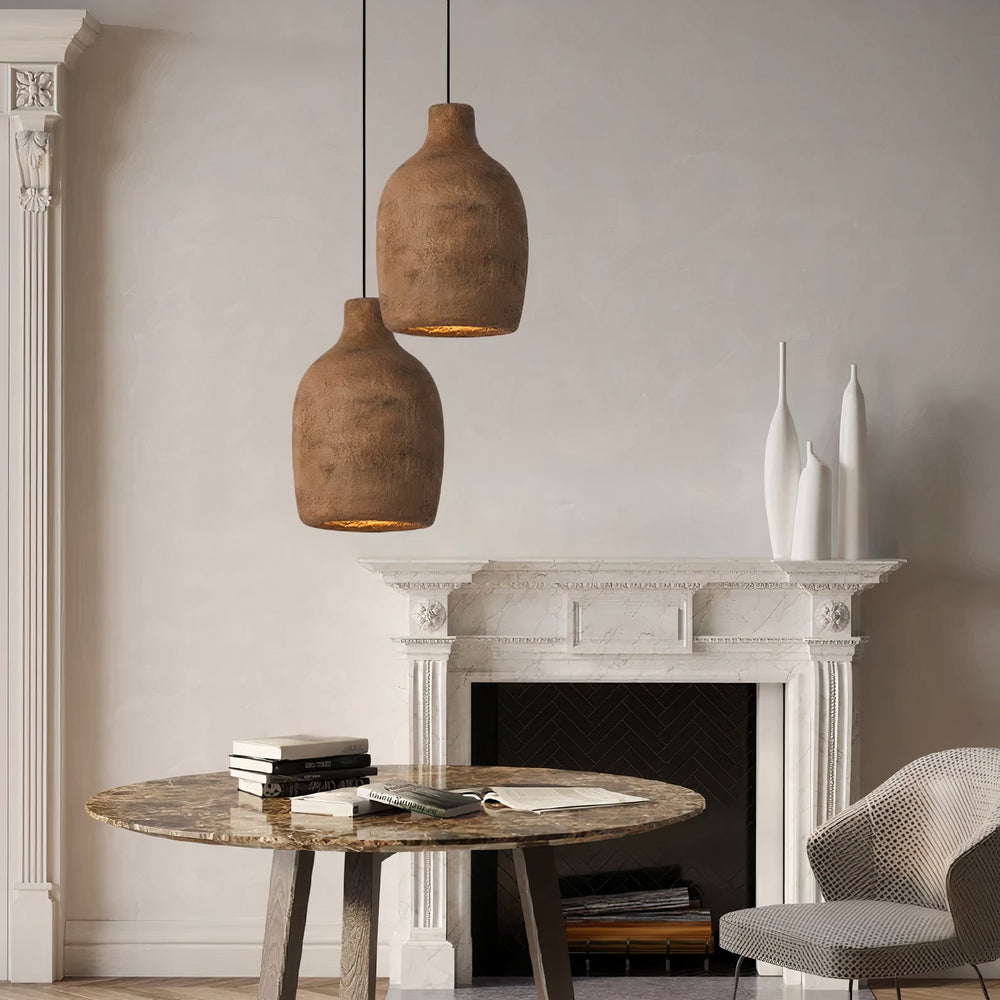
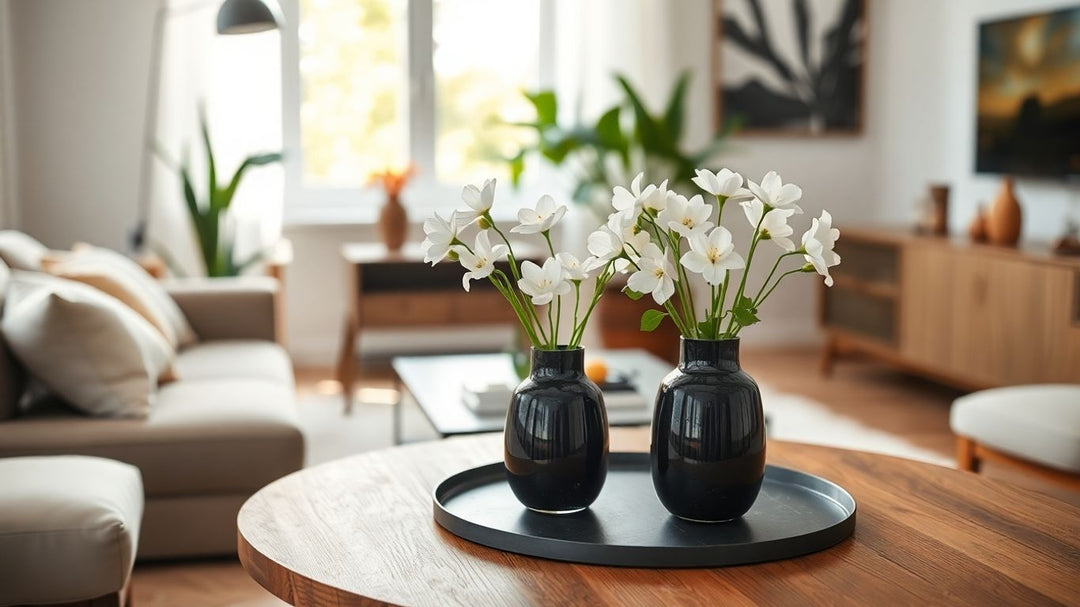
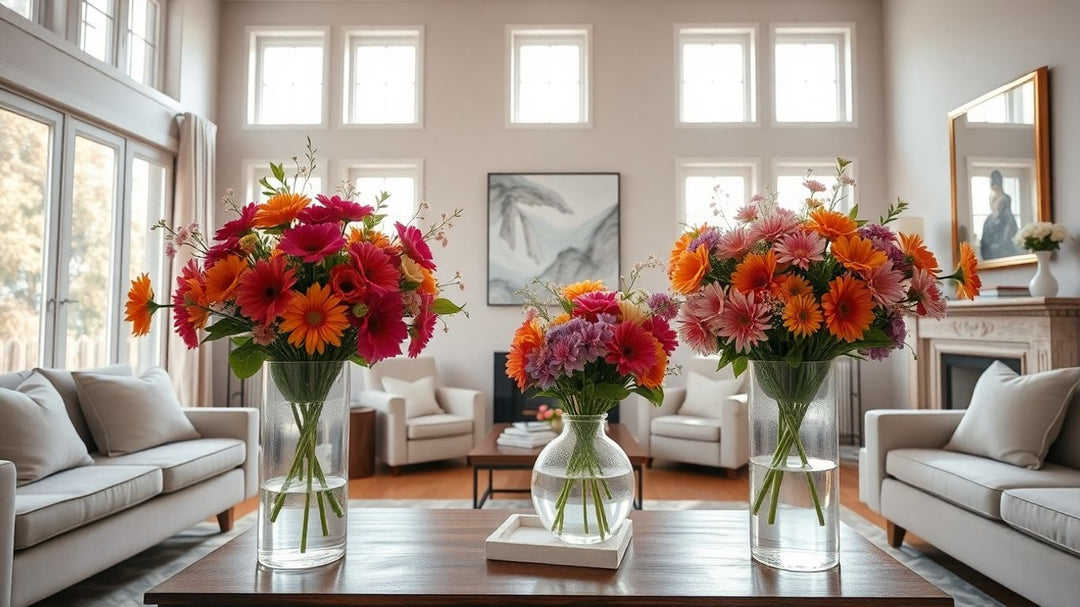
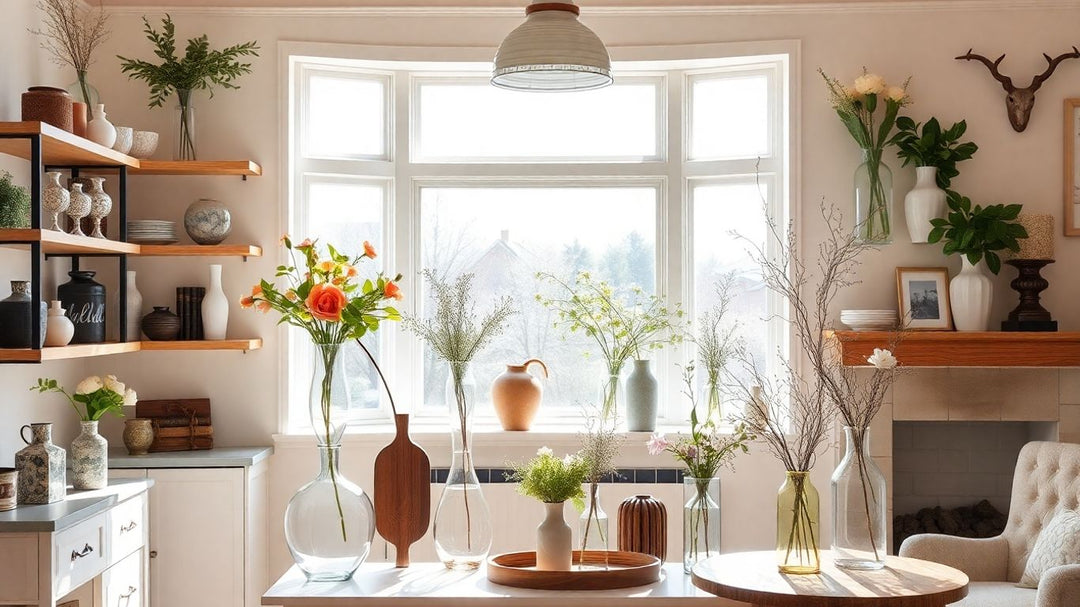
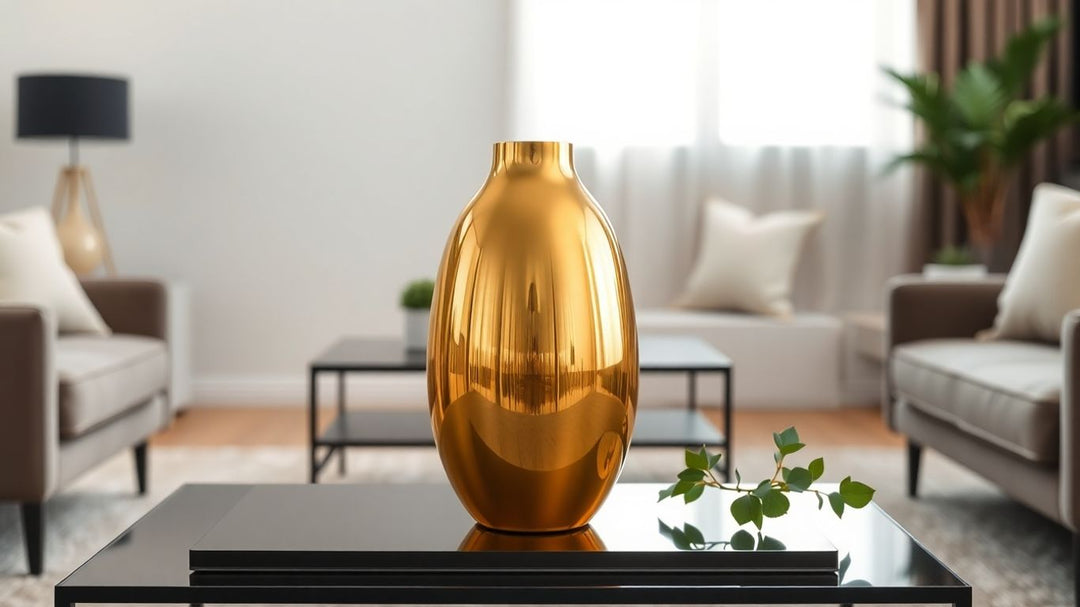
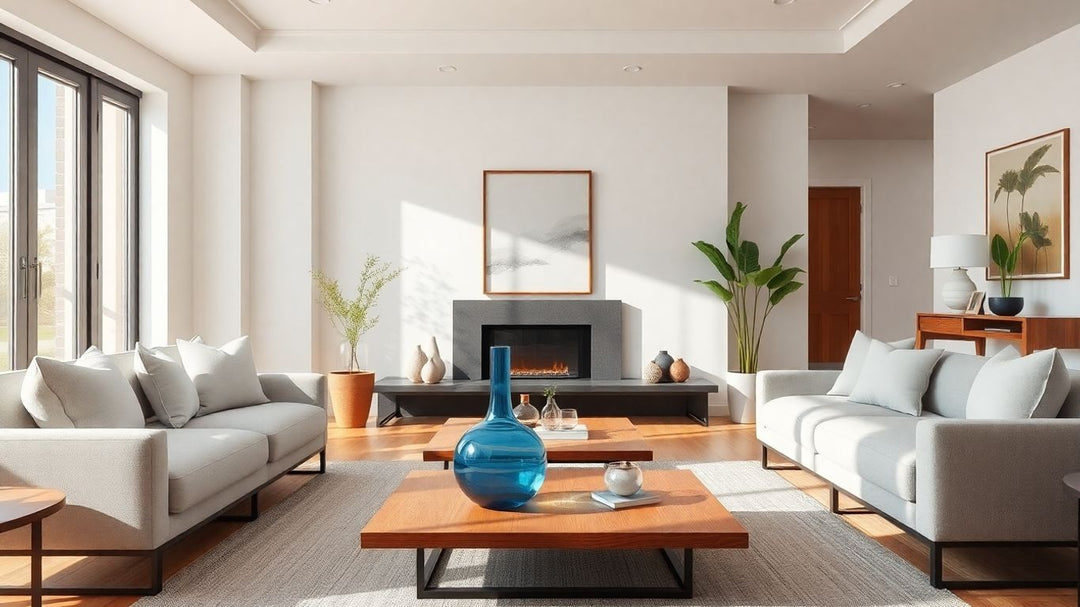
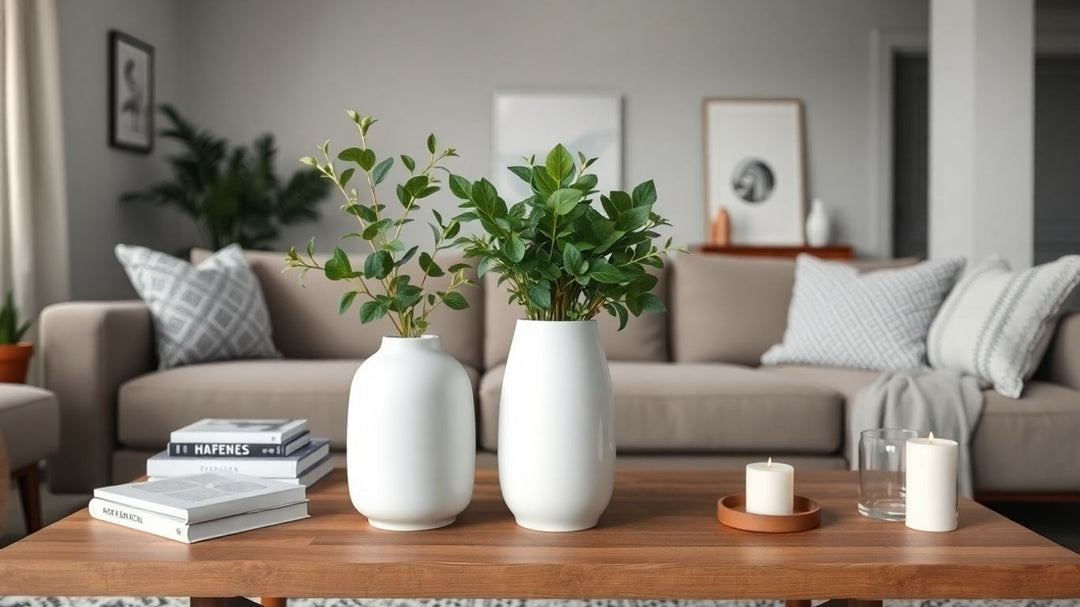
Leave a comment